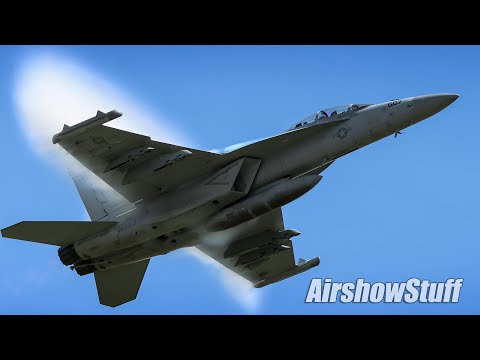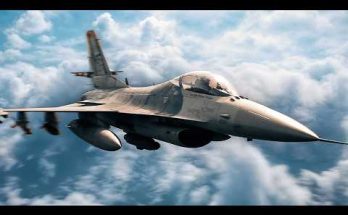There are few sights in aviation more awe-inspiring than Navy jets pulling vapor as they rip through the sky. The phenomenon, visually stunning and scientifically fascinating, is a testament to the raw power and engineering brilliance behind these high-performance aircraft. It’s a scene that blends art and science, captivating spectators and showcasing the unyielding drive for superiority in naval aviation.
The vapor trails often seen behind Navy jets are caused by a combination of speed, pressure, and atmospheric conditions. These jets, such as the F/A-18 Super Hornet or the F-35C Lightning II, are designed to operate at incredible speeds and endure extreme forces, often reaching or exceeding the speed of sound. When they perform high-G maneuvers, sudden changes in pressure around the wings and control surfaces cause the air to cool rapidly. This drop in temperature condenses the moisture in the air, forming visible vapor clouds that hug the aircraft as it streaks through the sky. These fleeting moments, often captured in dramatic photos or during airshows, symbolize the intersection of aerodynamics and raw kinetic energy.
For Navy pilots, pulling vapor isn’t just a visual spectacle—it’s a badge of honor, a byproduct of flying at the edge of what’s possible. During aircraft carrier operations, where these jets launch and recover on moving runways in the middle of the ocean, the stakes are always high. The ability to execute high-speed turns, tight rolls, and vertical climbs while pulling vapor is a testament to both the pilot’s skill and the jet’s engineering. It’s a visual reminder of the forces at play, forces that can push the limits of both man and machine.
The F/A-18 Super Hornet, a workhorse of the U.S. Navy, is a prime example of a jet that frequently pulls vapor during operations. Designed for carrier-based missions, it combines agility, power, and versatility. Whether it’s conducting reconnaissance, engaging in dogfights, or delivering precision strikes, the Super Hornet’s ability to pull vapor highlights its aerodynamic efficiency. Similarly, the F-35C, the Navy’s stealth fighter, takes this to a new level with its cutting-edge design and advanced control surfaces, often leaving mesmerizing vapor trails as it performs tight maneuvers.
The phenomenon of pulling vapor isn’t limited to airshows or training exercises. In combat scenarios, it can occur during evasive maneuvers, rapid climbs, or high-speed dives. For enemy forces, seeing a Navy jet pulling vapor is both intimidating and revealing—it’s a sign that the jet is operating at its peak performance, a moving force of precision and power.
Beyond the science and combat applications, pulling vapor has become a symbol of naval aviation itself. It represents the pursuit of excellence, the mastery of the skies, and the unrelenting push for innovation. It’s a reminder of the dedication and courage of the men and women who take to the skies, often pushing themselves and their machines to the very limits.
In the end, Navy jets pulling vapor are more than just a sight to behold. They’re a celebration of human ingenuity, a testament to technological progress, and a visceral display of what happens when precision engineering meets the forces of nature.


